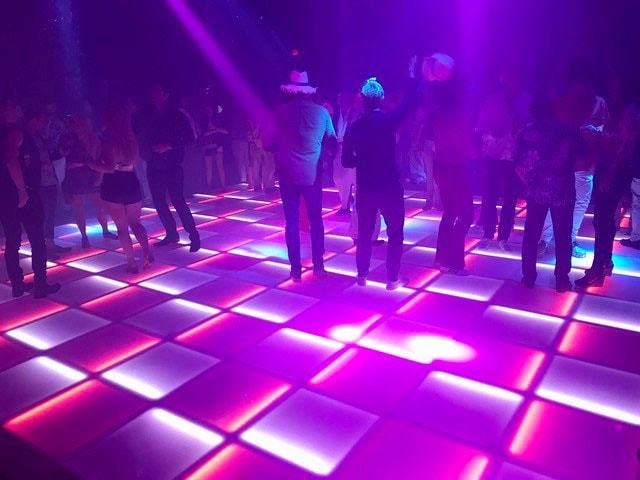
One of the primary functions of lighting on a dancing area is to illuminate the dancers. Spotlights can be used to direct attention on solo dancers or groups, making them the center of attraction. This technique not only showcases their movements but also adds a dimension of theatricality to the show. When dancers are lit properly, their facial expressions and skills become more apparent, allowing the spectators to appreciate their skills. This focused lighting can also help to establish a story, leading the audience through the performance.
In furthermore to showcasing performers, colored illumination can greatly affect the atmosphere of the dance floor. Different colors elicit varied feelings; for instance, warm colors like red and amber can generate a sense of enthusiasm and energy, while cooler colors like blue and green can promote calmness and relaxation. By thoughtfully using colored lights, event planners can manipulate the atmosphere to match the concept of the occasion or the type of the performance. This considerate approach to lighting design can enhance the overall experience for everyone involved.
Strobe lights and other active lighting features can also add thrill to a dancing area. These effects can create a sense of rhythm and movement that complements the soundtrack being performed. When timed with the rhythm, strobe lights can make the dance floor feel alive, encouraging dancers to groove in sync with the pulsing lights. This Check This Out interaction between light and music can elevate the energy of the occasion, making it more pleasurable for both dancers and spectators. The use of such effects requires careful planning to ensure they enhance rather than divert from the show.
Ultimately, the overall design of the lighting setup is crucial for establishing a unified aesthetic on the dance floor. A well-thought-out lighting plan considers the layout of the space, the kind of performance being executed, and the audience's experience. By combining different lighting techniques, such as ambient lighting, accent lighting, and unique features, planners can create a visually stunning environment. This focus to detail not only enhances the performance but also creates a memorable impression on the audience, making the occasion unforgettable. In summary, the transformative power of lighting is essential in improving dancing area aesthetics, creating an captivating and pleasurable encounter for all.